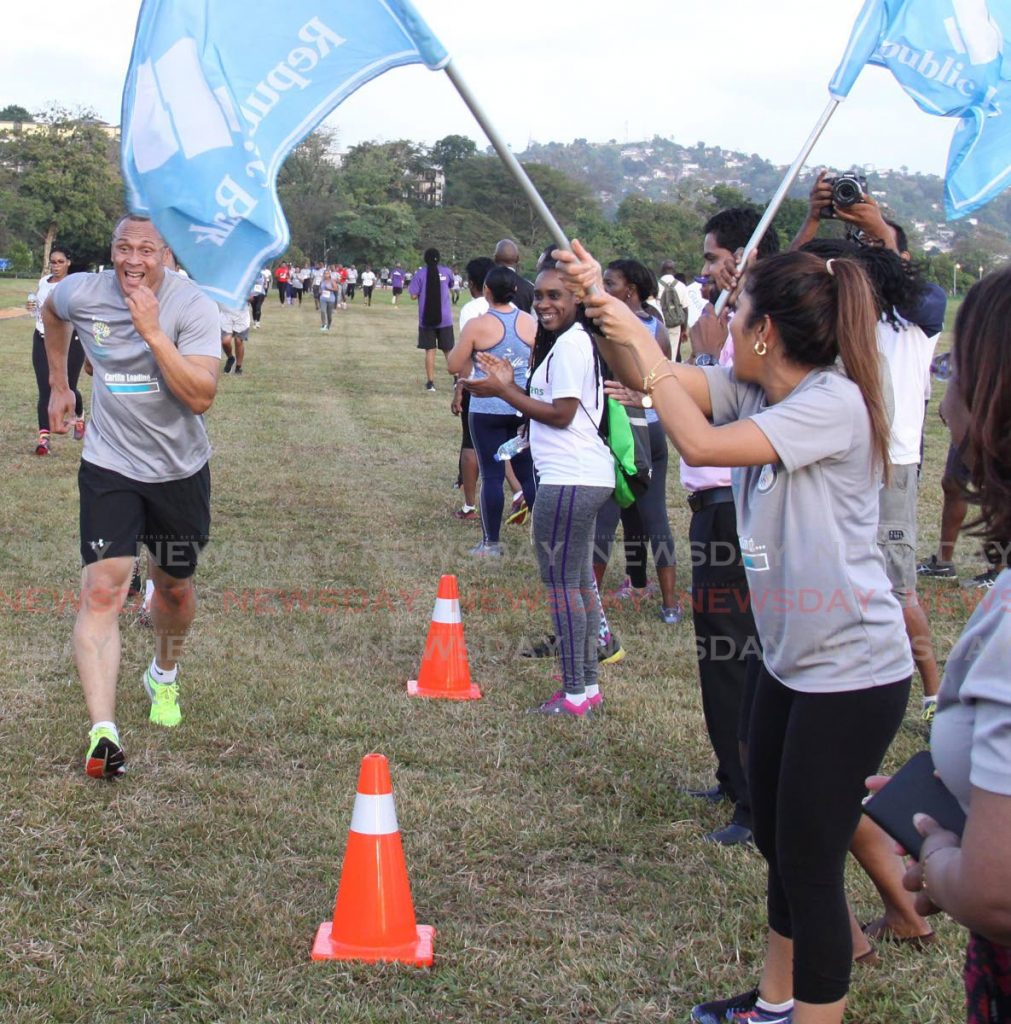How technology can unlock billions in productivity

Kiran Mathur Mohammed
kmmpub@gmail.com
Employers are leaving millions of dollars on the table by not optimising their employee benefits to drive productivity, as well as satisfaction.
For most CEOs and CFOs, employee benefits are largely seen as an expense line item, to be minimised at most, or to get better PR at best.
Too often, executives think of employee benefits in a short-term transactional way. That goes a bit like this: “If I offer more generous employee benefits, I’ll be able to keep and hire better staff.” This is missing a significant opportunity, one that technology has only recently started to reveal.
According to the US Bureau of Labour Statistics, employee benefits comprise between 25 to 35 per cent of compensation, which in turn comprises between 15 to 30 per cent of revenue for most companies. This means that companies are spending between 3.75 to 10 per cent of their revenue on a line item whose real value is largely being ignored.
The bulk of these benefits is in life and health insurance, and pensions. What if companies could gamify benefits to unlock employee value, in a way that made them healthier?
Better workplace data is enabling companies to tailor employee benefits more directly to their teams in a way that boosts productivity for the firm, as well as making employees healthier and happier.
Let’s start with health insurance. On the face of it this is uncomplicated. Companies pay premiums, and the insurers pay if their employees get sick. But new possibilities start being unlocked once we start to acknowledge the incentives that lie behind insurance coverage. Right now, insurers and by extension employers have a direct incentive for their employees to live healthier lifestyles – whether that means eating healthier, hitting the gym, keeping up with their check-ups or taking their medication.

If employees are physically healthier, and importantly can be measured as such – in a way that fits an actuarial model – employers and insurers immediately gain by paying lower claims and premium costs. According to the US Integrated Benefits Institute, sick days cost companies US$575 billion in 2019 – just about 2.7 per cent of GDP from lost productivity alone – not including healthcare costs. Extrapolating that number to TT, and we are losing US$600 million in lost productivity.
This opportunity goes beyond sick days; there is a wide economic literature on the impact of health and wellness on worker productivity.
So what can companies do? First, they should act to quantify the costs. A back of the envelope number is straightforward – multiply daily total revenue per employee by the number of sick days your employees take a year, and you have the total cost of sick days. There are more sophisticated ways to slice and dice this, but these numbers should be sufficient for most executive committees to take notice.
Second, pick apart your benefits and ensure that your teams have access to research-backed preventative programmes that improve their health and wellness. This means working with insurers and providers to keep a lid on costs and ensure that any service, whether it is cancer screening, fitness or nutrition programmes, are making a measurable impact on employees.
Third, ensure that your teams have buy in and are using as many of the programmes as possible. Unlocking hidden productivity goes well beyond annual walkathons – it must be entirely integrated into how the company works – starting from the top.
A decade ago, doing this would have been impractical and time consuming; it would simply be too much work to collect all the data points, apply it in a meaningful way, and provide benefits. But technology has transformed human resources, as it has much else.
This is where technology comes in.
Chilean Insurtech startup Betterfly has just raised US$60 million in a funding round that valued the company at US$300 million. A cornerstone of this is their technology, which: “gives each employee smart life insurance, which, accompanied by positive lifestyle choices, grows at no cost."
By engaging in daily healthy habits such as walking, exercising, sleeping and meditation, members earn “Better Coins” that can be exchanged for charitable donations and rewards. Members can progress through levels, undertake challenges, and compete in company leaderboards.”
Covid19 has driven home what really matters. The imperative to swiftly address employee health goes beyond the immediate dollar impact. There are no HR managers sitting with you in a hospital ward. For the sake of our health, as well as our economic resilience, employers must act now, and adopt technology to transform their approach to their most important asset: their people.
Kiran Mathur Mohammed is an economist and co-founder of medl, an IDB lab-backed social impact health tech company. Above is an excerpt of an article written by Mathur Mohammed that will appear in Amcham TT’s forthcoming Issue 2 of its 2021 Linkage magazine.


Comments
"How technology can unlock billions in productivity"